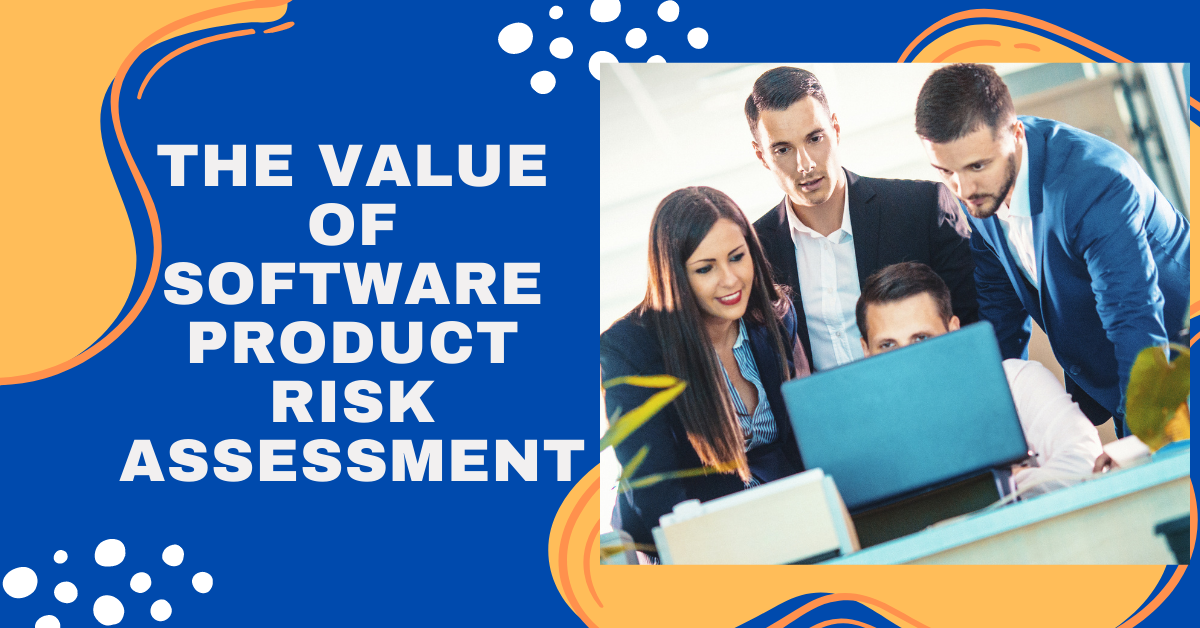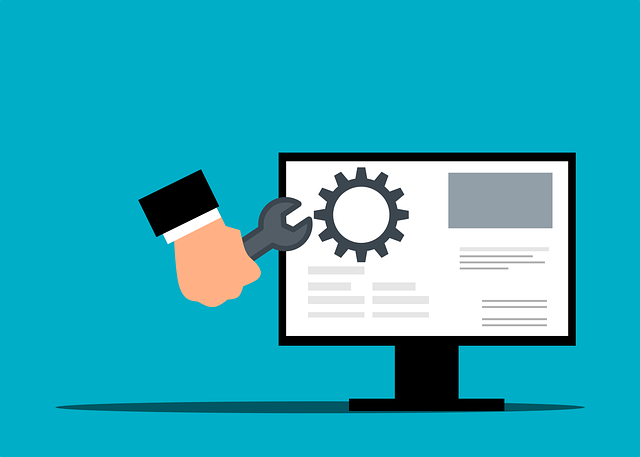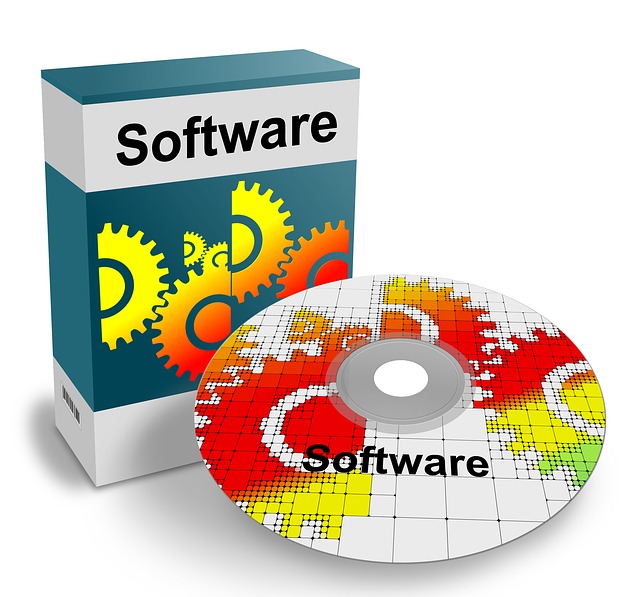This post will show you the value of software product risk assessment.
The Systems Science Institute at IBM determined that the cost of fixing a glitch at the testing stage is at least 6X greater than if the bug was picked up and dealt with during previous software development life cycle stages.
Not only that, but studies have also determined that most bugs, glitches, and other hiccups – like outsourced vendor errors – were foreseeable. Most software issues could have been prevented or, at the very least, dealt with sooner.
This is why software product risk assessment is pivotal to your success — your vulnerabilities and threats and how they impact you in the long run can be spotted from miles away. They are telegraphed punches that businesses were often too foolish to take seriously.
Table of Contents
What Is Software Product Risk Assessment?
Product risk assessment is the use, analysis, and systematic appreciation of available information regarding a manufacturing lifecycle to identify features, characteristics, and product stages that may cause a problem with an upcoming project. Not only during a product’s creation, production, shipping, and launch but also while the consumer handlesng it.
During software product risk assessment, the project manager’s primary goal in mitigating threats is focused solely on the product’s app, firmware, or software. In many cases, the product might be software altogether. They must identify, analyze and prioritize possible risks, draw up contingency plans and have solutions ready in case any of those scenarios pan out.
The main goal is to mitigate postponements and predictable errors that might cause a setback or create a failure scenario for the project.
A great example of software risk assessment concerns how your current team employs new technologies. It is essential to have trained personnel to integrate new DB servers, a new programming language, or even new integrations.
Why? An amateur team or even your seasoned team may lack experience with these features. They may lack the know-how when it comes to these new technologies, which means you’re exposing yourself to higher risks. This, means y,ou’re gambling your investment and your shareholders’ funding.
This is just ONE of the many ways software product risk assessment helps — it gives you a blueprint of your weak points and where you need to funnel capital and attention.
Main Software Risk Assessment Tasks
The types of risk assessment required within your framework are proportionate and relative to your budget and the operational activities being undertaken.
Small projects with little funding can get away with a shoestring budget and methodology — working with a competent crew that’s flexible and willing to think on their toes.
Larger projects, with much capital at stake, required dedicated teams of experts willing to focus solely on this task.
Nevertheless, whether you’re employing dedicated consultants or using your project manager and hoping they are up to the task, the checklist software risk assessment is the same.
It’s a three-legged pillar idthat’seally suited to all operations. The difference is how much time, effort, and expertise you can pledge to each of them, and that’s where your budget comes in.
READ ALSO: Key Pro Tips For Managing Software Vulnerabilities
Identifying software product risks
From the moment you conceive the project – that lighting in a jar, lightbulb spark – to months after the consumer has received the product, you need to understand that your software is at risk.
There are countless ways it will fail. From distribution lines to server errors, all the way to faulty updates that might interfere with its voice-to-text feature.
You need to identify threats from the blueprint of the project — to be exact, from that doodle your R&D department jotted on a bar napkin.
For example, have redundancies in place. Something as natural as a team player being benched can hurt your product. Let’sLet’ssomeone has to take maternity leave, decide to quit, or be in a car accident — that absence will cost you.
Not only because you’re missing a valuableyou’re member but because, ,proper documentation of what they were doing is often missing.
You’ll need someone to take theYou’llon their tasks, and unless that person has a road map in place – one previously recorded by your absentee team member – they’ll have to piece everythinthey’llher, which will take up a lot of time.
Analyzing software product risks
Once you ID what problems you might face, you’ll need to analyze how to approach you’llThat includes solutions, budgetary considerations, and what is doable and impossible. What’s a ticking time bomb?
In some cases, certain risWhat’s too risky to undertake — companies might decide to mothball a project simply because they couldn’t gamble on its success once a threat was identified.
couldn’tzing software product risks
Software product risk assessment is about prioritizing threats. Which ones must be dealt with immediately, and which can be placed on the back burner? The reality is that your worst enemy and, at the same time, best incentive is your deadline — you simply can’t miss a product launch. You can’t postpone it.
How close you acan’t one will determine what riscan’t can undertake, which is critical to the launch. In many cases, some problems and glitches can be fixed or addressed afterward through updates.
For example, Apple is notorious for fixing problems that have already been identified through updates. You need to balance your risk and consider what you can handle and what will have a more significant impact on your bottom line.
Sometimes, shipping software out with identified goals is preferable – investment-wise – to delay a product launch.
The Benefits Of Effective Software Product Risk Assessment
Cost that’s the main benefit of software product risk assessment. How much that’s you make on a product depends on how properly you solve problems and face threats. An adequately understood software risk assessment checklist will mean a world of difference during creating a product. Why?
Something caught early might define whether you invest in a project or not. One of the main tasks of software risk assessment is something as simple as identifying if there are copyright issues and if the software gives you a competitive edge.
The last thing you want is to find out that your competitor already has a project like yours and that a week before your launch, they’re sending out their team of lawyers to harass you.
INTERESTING POSTS
- 4 they’reour Network Needs A Cybersecurity Risk Assessment
- Cyber Security Risks And Solutions
- Cyber Security Assessment [Step By Step GUIDE]
- Apple Launches Open-source Password Manager for Developers
- Ultimate Lists of Dangerous Apps
- 5 Elements To Include In A Comprehensive Cybersecurity Plan
- How To Prepare For A Cyber Assessment
- Creating A Strong Cybersecurity Assessment Report
About the Author:
John Raymond is a cybersecurity content writer, with over 5 years of experience in the technology industry. He is passionate about staying up-to-date with the latest trends and developments in the field of cybersecurity, and is an avid researcher and writer. He has written numerous articles on topics of cybersecurity, privacy, and digital security, and is committed to providing valuable and helpful information to the public.
Meet Angela Daniel, an esteemed cybersecurity expert and the Associate Editor at SecureBlitz. With a profound understanding of the digital security landscape, Angela is dedicated to sharing her wealth of knowledge with readers. Her insightful articles delve into the intricacies of cybersecurity, offering a beacon of understanding in the ever-evolving realm of online safety.
Angela's expertise is grounded in a passion for staying at the forefront of emerging threats and protective measures. Her commitment to empowering individuals and organizations with the tools and insights to safeguard their digital presence is unwavering.










